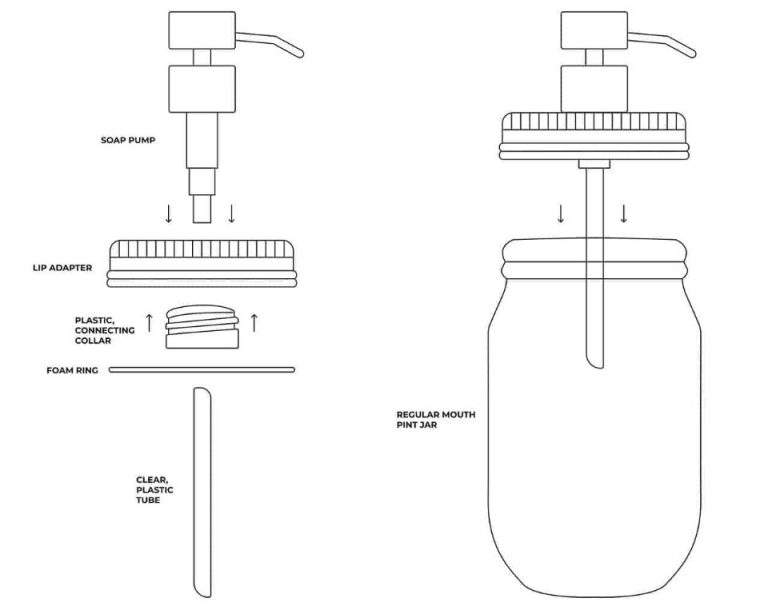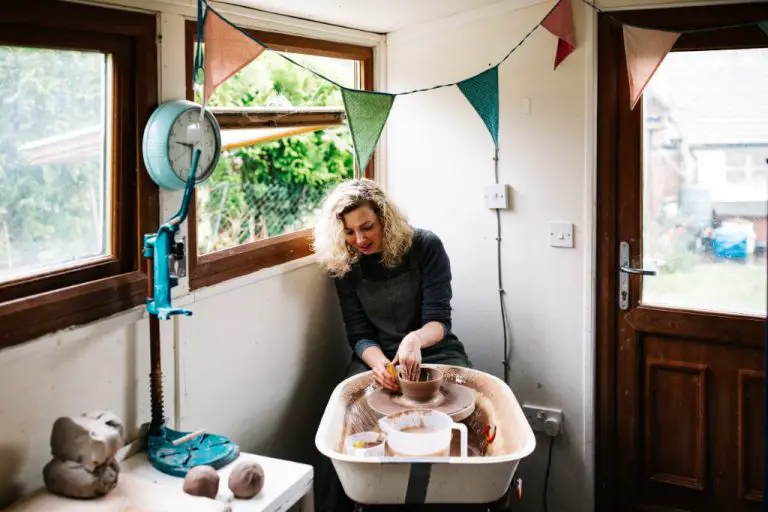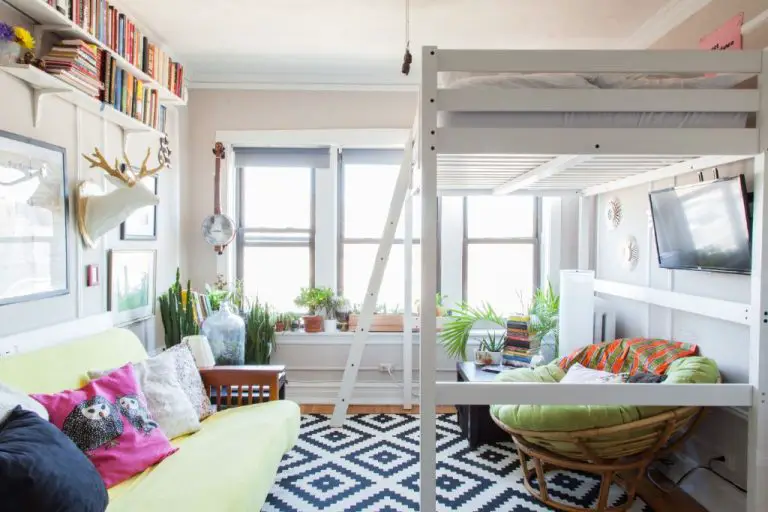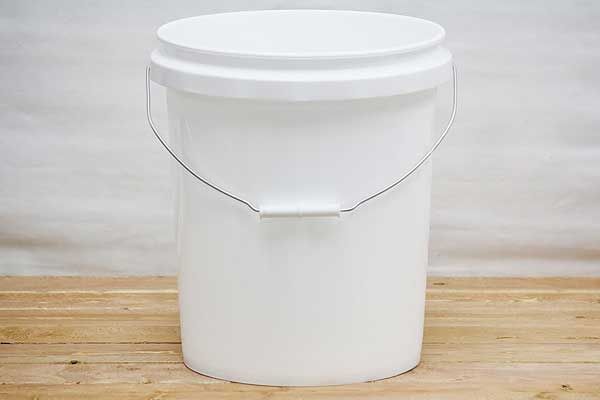What’S The Difference Between Bookcase And Bookshelf?
Defining Bookcases
A bookcase is a freestanding piece of furniture with shelves to hold books. Bookcases are typically wider and sturdier than bookshelves. They often have sides, backs, tops and bottoms enclosing the shelves, unlike open bookshelves. Bookcases are commonly used as room dividers or placed against walls.
According to Is there a difference between a bookcase and a bookshelf?, “Bookcases tend to be freestanding case pieces rather than something that is designed specifically to mount on a wall.”
Defining Bookshelves
Bookshelves are shelves designed specifically for holding books. They are typically open shelves that have visible brackets or sides, allowing books to be easily accessed and arranged. Unlike bookcases, which are freestanding storage units, bookshelves are usually attached to walls for support.
Most bookshelves are designed to mount directly on walls and attach to wall studs for stability. This allows them to hold the weight of books without risk of detachment. They come in a wide variety of sizes, shapes, and styles to match different decors. Bookshelves often have an open side or sides, revealing the brackets or sides that keep them firmly on the wall and allowing books to be seen from the side. The open sides give bookshelves a lightweight, floating appearance compared to sturdy bookcases.
With their open sides and visibility, bookshelves are used when someone wants to proudly display and access their book collection. They allow books to stand out as decor. The spacing between shelves can be adjusted to fit books of different heights. Bookshelves are ideal for organizing books in offices, living rooms, bedrooms, and other spaces throughout a home.
Construction
Bookcases are often constructed from heavier, sturdier materials that can support the weight of many books without sagging or warping. Common materials for bookcases include hardwoods like oak or mahogany, metal, or particle board.
Bookshelves tend to be made from lighter materials like plywood, MDF, or other composite woods since they are often mounted directly on walls. The lighter materials make bookshelves easier to install and move while still providing adequate support. Bookshelves can also utilize metal brackets or standards to firmly attach them to the wall without needing large wood frames.
Both bookcases and bookshelves may incorporate glass doors, which protect books from dust and increase visual appeal. The doors add weight so thicker wood or metal frames are required. Custom-built or high-end premade bookcases and bookshelves may also utilize more exotic woods like teak or walnut for enhanced aesthetics.
Weight Capacity
Bookcases typically have a higher weight capacity than bookshelves. This is because bookcases have a fully enclosed cabinet design that provides sturdy support across the entire structure. The vertical panels on the sides, back, top and bottom create a box-like framework that enables bookcases to hold more weight 1.
In contrast, bookshelves utilize a more open design with shelves exposed on all sides. The shelves are supported only by side brackets, making them more prone to sagging and bowing under heavy weight. An average bookshelf can hold 40-50 pounds per shelf, with a total load capacity around 100-150 pounds. More heavy-duty bookshelves may handle up to 300 pounds total 2. However, bookcases can hold upwards of 500-1000 pounds depending on the build quality and materials.
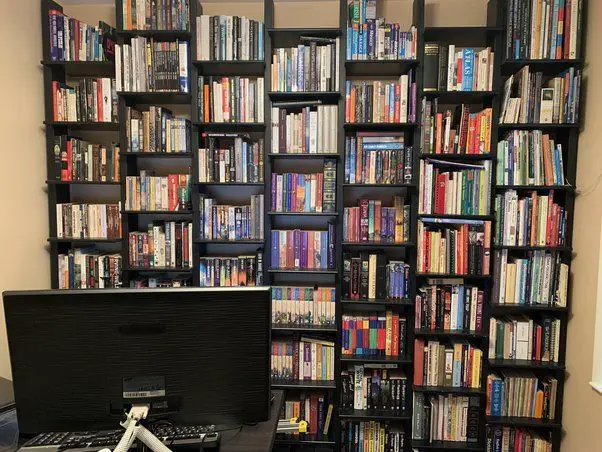
So when organizing a large book collection, bookcases offer a sturdier solution for supporting the cumulative weight of numerous books stacked together. Bookshelves work fine for lighter loads, but bookcases provide superior support for heavy books and dense storage.
Cost
In terms of cost, bookcases are usually more expensive than bookshelves. This is because bookcases are typically custom built pieces that require carpentry labor and higher quality materials. Bookshelves on the other hand can be mass produced and purchased ready-made at lower costs.
According to HomeAdvisor, the average cost to install built-in bookshelves ranges from $1,290 to $4,420, with the national average at $2,853 [1]. This covers the cost of materials and professional installation labor. Pre-made bookshelves from stores like IKEA or Target can cost as little as $50-100 for basic options.
The main factors that affect the cost of built-in bookshelves include the type of material (solid wood is premium), size/length, custom designs, and finishing details. Additional carpentry work to install built-ins also increases costs. So bookcases that are permanently installed into a home and customized are generally much pricier than prefabricated bookshelves.
Customization
Both bookcases and bookshelves can be customized, but bookcases offer more design options for colors, shapes, materials, and configurations. Bookshelves come in more standardized sizes, while custom bookcases can be designed and built to fit any space.
Bookshelves from stores like IKEA and big box retailers come in limited widths like 24″, 36″, 48″ etc. However, custom bookcases can be designed to exact dimensions needed for a room. Popular custom bookcase options include corner bookcases, built-in bookcases with cabinets, window seating bookcases, and bookcases flanking a fireplace.
For custom colors and materials, many retailers like Room & Board allow you to choose from dozens of finish options for wood tones, metal accents, and glass doors. Custom bookcases open up even more possibilities like custom stains, paint colors, veneers, and mixed material combinations.[1]
In summary, while both bookcases and bookshelves allow some degree of customization, bookcases provide more flexibility in design, dimensions, finishes, and configurations.
Intended Use
Bookcases and bookshelves are intended for different uses in a home. Bookcases are generally free-standing units that showcase books and other belongings as decorative displays.
Bookcases are often used as elegant room dividers to delineate different living spaces while displaying treasured items. With their larger footprint and visibility, bookcases allow collectors an eye-catching way to exhibit their libraries or curated objects. Bookcases make statements as focal points in a room.
In contrast, bookshelves are more functional storage solutions designed specifically for holding books. Bookshelves are commonly mounted on walls or built into wall units to maximize space efficiency. Their intended purpose is utility rather than decoration. While bookshelves can accent a room, their smaller size lends itself to displaying books rather than wider collections. Bookshelves blend discretely into room design rather than standing out.
So in summary, bookcases allow decorative displays in open spaces, while bookshelves provide efficient book storage, especially on walls or in tight areas. Bookcases act as artful room dividers, bookshelves maximize storage capacity.
Aesthetics
Bookcases tend to make bolder visual statements in a room compared to bookshelves. With their sturdy construction and larger footprint, bookcases draw more attention and can act as stand-alone furniture pieces. They are often designed to be aesthetic focal points, with ornate detailing, builtin lighting, or eye-catching colors and materials. Bookcases allow for more creativity and customization in terms of visual appeal.
Bookshelves, on the other hand, tend to blend seamlessly into the wall. Built-in bookshelves fit flush into the architecture, creating a unified look. Freestanding bookshelves also tend to have a lower profile and lightweight appearance. The storage and functionality take center stage over the aesthetics. Bookshelves aim to store books attractively while receding into the background. Their minimalist design puts more emphasis on the books themselves as decorative objects.
Placement
The placement of bookcases and bookshelves depends on the layout and size of the room. Bookcases that stand on the floor are commonly used as room dividers to separate spaces. These floor-standing bookcases work well in open concept spaces to help define areas in studios, living rooms, and home offices. According to Nathan James, bookcases can be placed between living and dining spaces or used to separate office and lounge areas.
For smaller rooms like bedrooms, it is more space efficient to install bookshelves directly on the wall. This saves floor space for other furniture. Bookshelves mounted on the wall also have a streamlined look compared to bulky floor bookcases. Wall bookshelves can be hung above other furniture, like behind a bed’s headboard or over a desk surface. Apartment Therapy suggests getting creative with placement by building bookshelves around windows. This allows natural light to illuminate the books.
No matter the size of space, carefully planning the layout ahead of time ensures the bookshelves will enhance the room design and provide easy access to stored books. Measure the room and map out potential bookcase locations before purchasing.
Summary
In summary, the key differences between a bookcase and a bookshelf are:
A bookcase is typically enclosed on the back and sides, providing more stability, while a bookshelf is open-backed. Bookcases often have doors, either glass or wood, while bookshelves are open without doors.
Bookcases tend to be heavier duty and can hold more weight, while bookshelves may only hold lighter items. Bookcases are usually more expensive than bookshelves.
Bookcases allow you to fully hide and enclose your books if desired, while bookshelves showcase your books openly. Bookcases offer more customization options for built-ins and cabinetry, while bookshelves come in standard sizes.
If you need something sturdier to hold more books and fully enclose them, choose a bookcase. If you want something lighter and more open to display books, choose a bookshelf.

